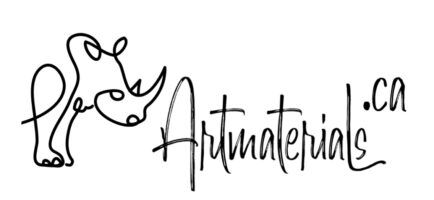- You have no items in your shopping cart
- Continue Shopping

The principle of “fat over lean” in oil painting involves applying paint with a higher oil-to-pigment ratio (‘fat’) over paint with a lower oil-to-pigment ratio (‘lean’). This technique is used to ensure a stable paint film, as the paint with higher oil content is believed to remain more flexible.
If we have too oily layer first and dryer layer next, this can lead to cracking of the top layers because the lower layers will continue to shrink when the top layer is already dry.
This was always true when mineral pigments were used. Most mineral pigments have a 15-25 oil absorption ratio, meaning that for every 100 g of pigment, we’ll need about 15-25 g of oil to make a stable paint.
Most organic pigments (such as hansa, phthalo, quinacridones, naphthol, pyrrole, azo, etc) have much higher oil absorption ratio, all the way up to 75. That means the paint itself, when applied even without any oil added, will break the “fat over lean” rule. For example, cadmium yellow (PY37) has 17-21 oil absorption ratio, while for Hansa Yellow (PY 1 or PY65) it goes up to 62.
To keep following the “fat over lean” rule, I’d recommend using mineral pigments only for the first layers and underpainting.




